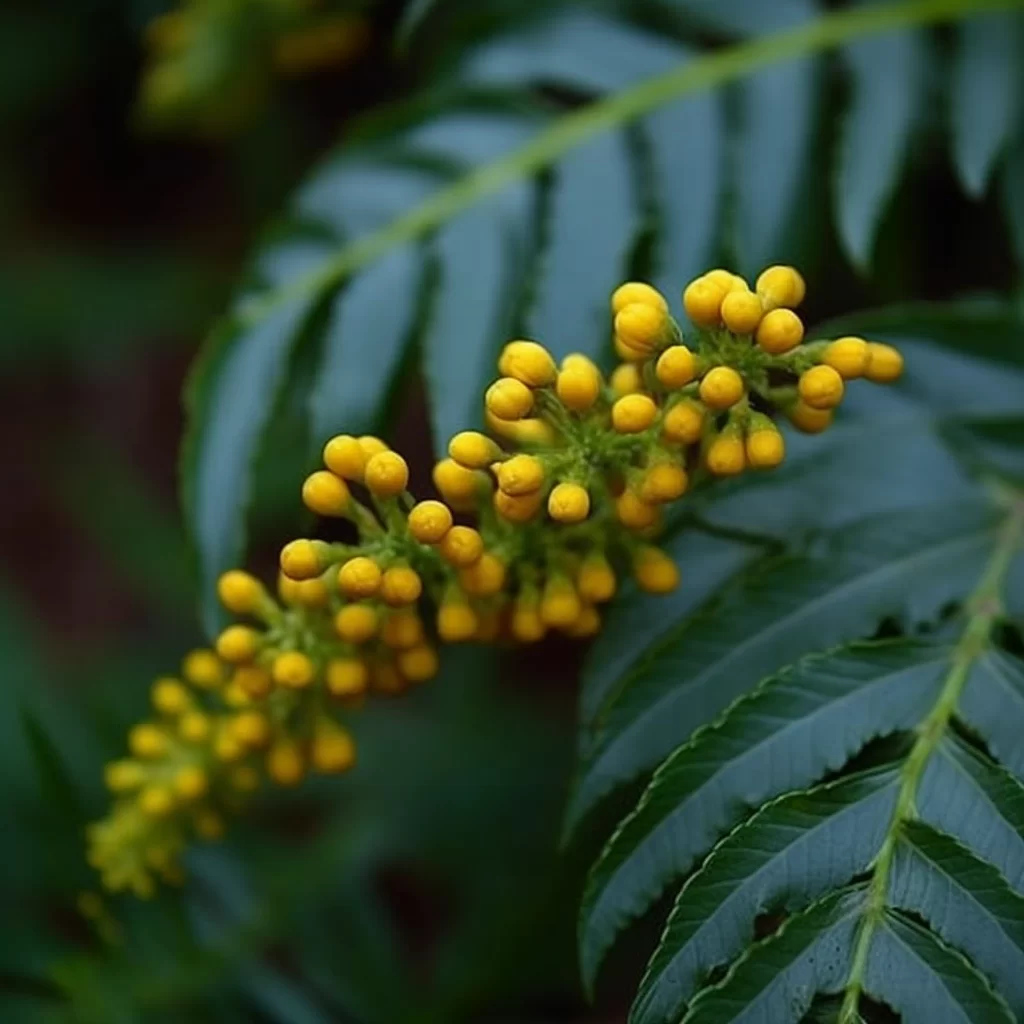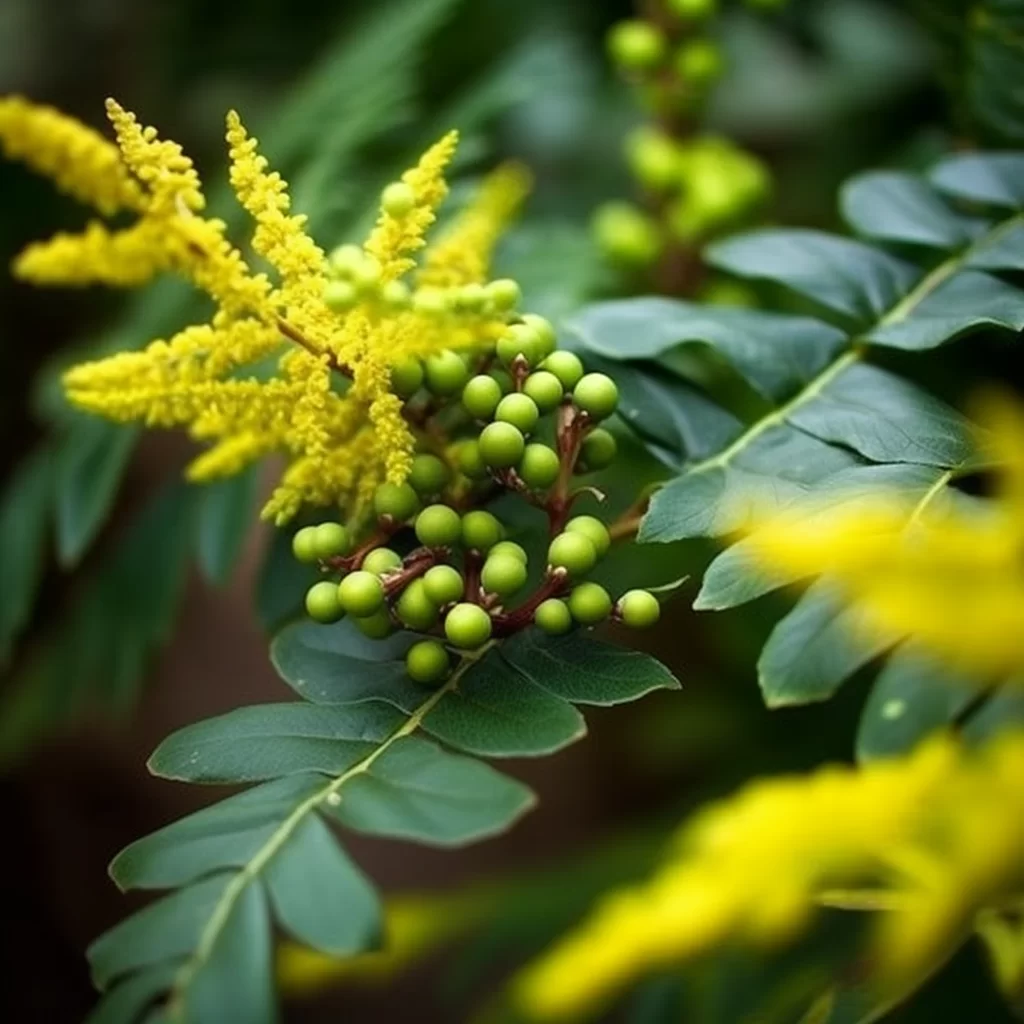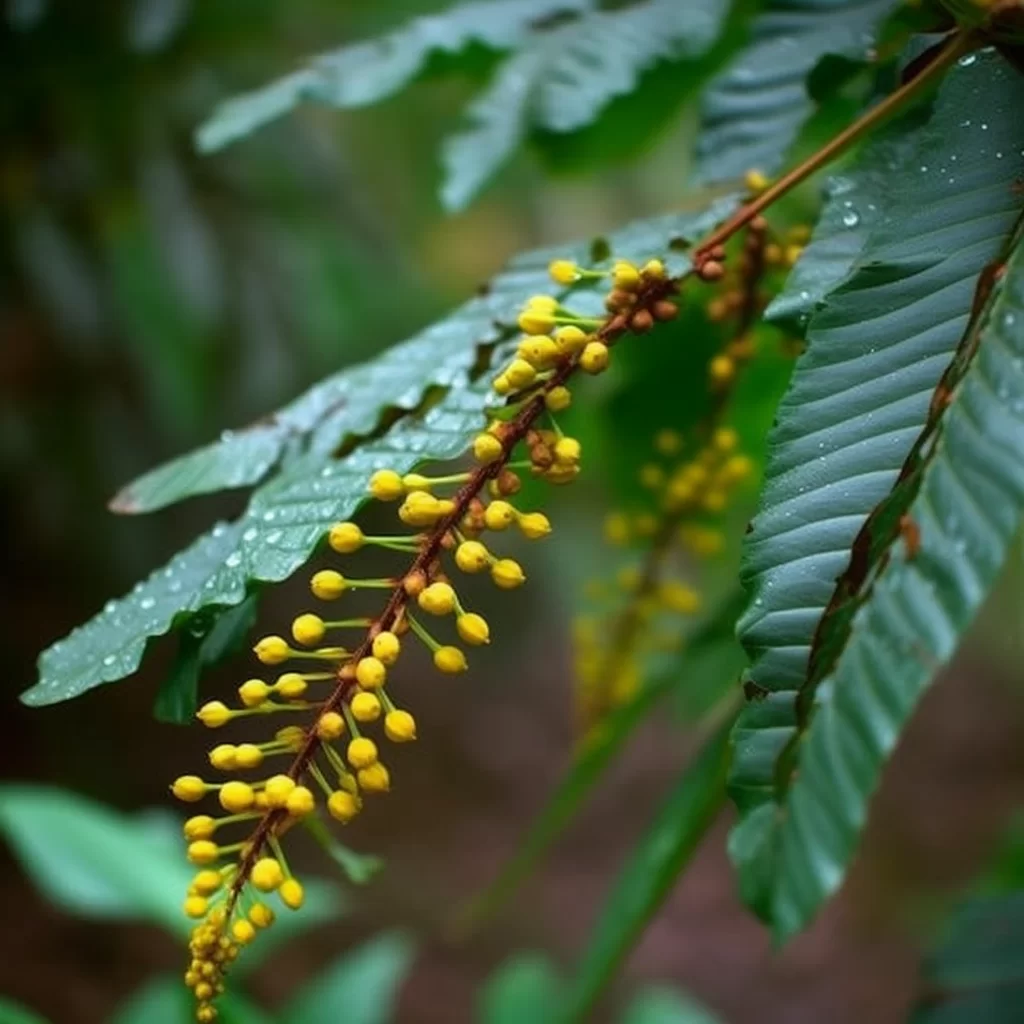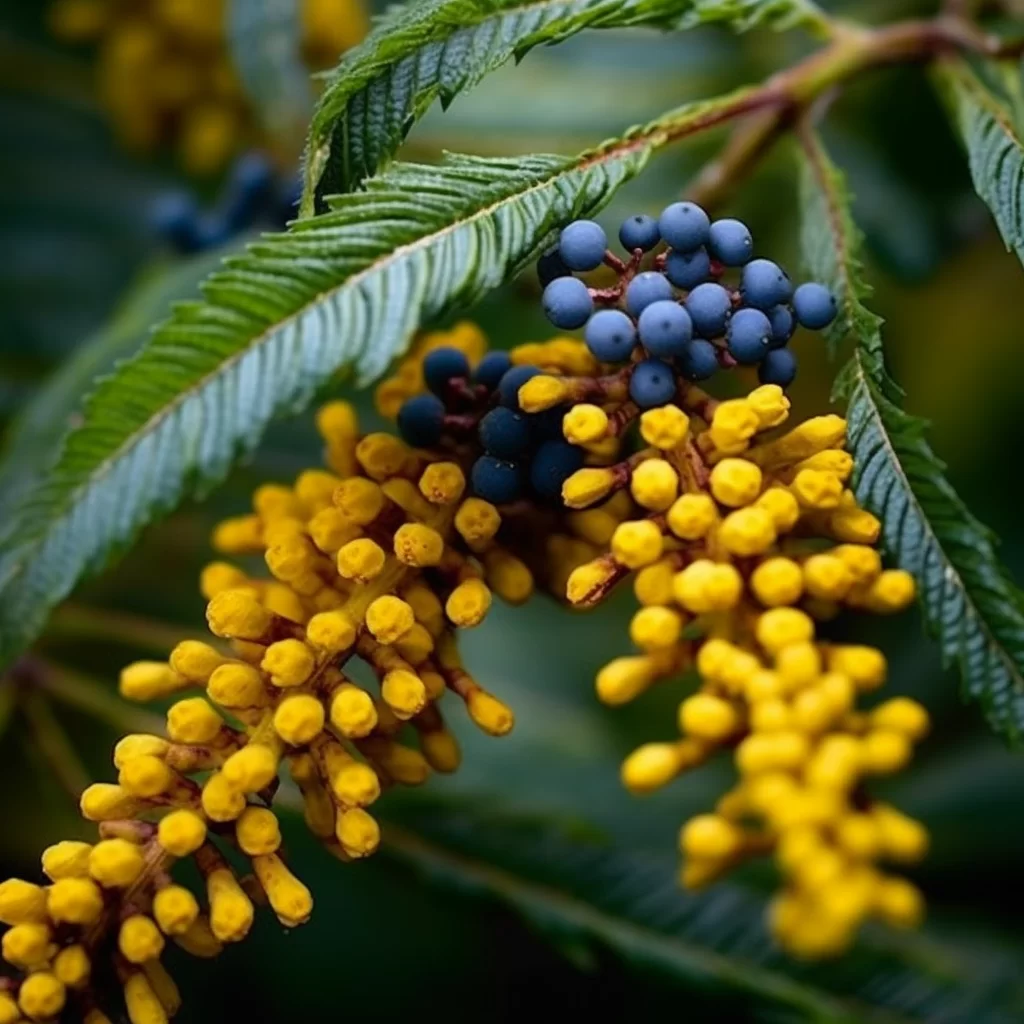Story of Day :
Contents
The Mahonia Plant: A Complete Guide and Care Tips
If you’re searching for a versatile shrub that can add beauty to your garden all year round, the mahonia is the perfect choice.
With its striking foliage, lovely fragrance and vibrant berries, this plant is sure to captivate your senses.
Whether you want an attractive border or a stunning centerpiece, mahonia fits the bill.
This complete guide covers all aspects of growing and caring for mahonia so you can enjoy its beauty without any hassle.From choosing the right location to soil preparation and pruning tips, this guide has got you covered.
You’ll learn about the different types of mahonia available in the market and how to select one that suits your needs best.
You’ll also get valuable insights into essential care practices like watering and fertilization techniques for optimal growth and development.
With this comprehensive guide at hand, you can confidently grow and nurture a healthy mahonia plant that will thrive year after year!
What is a Mahonia Plant?
The mahonia plant is a beautiful addition to any garden.
This native of western North America belongs to the barberry family and has approximately 70 different species.
Two of the most popular types, Mahonia aquifolium and Mahonia x media, are commonly found in gardens due to their stunning appearance.
The mahonia plant is also known as Oregon grape or holly grape because it produces berries that look like small grapes and its leaves resemble those of holly bushes. Despite being native to Western North America, the mahonia plant has become popular worldwide due to its striking foliage and easy maintenance.
Despite being native to Western North America, the mahonia plant has become popular worldwide due to its striking foliage and easy maintenance.
It can be grown in various soil types as long as they are well-draining and acidic.
The mahonia’s yellow flowers bloom during winter when other plants have gone dormant, adding a splash of color during the dreary months.
Not only does this shrub provide aesthetic value but it also attracts pollinators such as bees, butterflies, and birds with its nectar-rich flowers.
Growing Conditions for Mahonia
- Sunlight: Most varieties of mahonia prefer partial shade but can tolerate full sun in cooler climates.
- Soil: Well-draining soil that is rich in organic matter suits mahonias best.
They grow well in slightly acidic soil with pH levels between 5.0-6.5.
- Temperature:Mahonias thrive in cool temperatures ranging from 55°F to 75°F (13°C to 24°C).
Mahonia Care Tips

- Watering:Mahonias require regular watering during their first year after planting until they establish themselves properly.Pay attention not to overwater them as it may lead to root rot.The amount may vary based on climate conditions but generally once per week would be enough .
- Fertilizing:You can feed your plants organically by adding compost or manure before planting.Additionally,you can feed them with a balanced fertilizer once in the spring just before they begin to grow new leaves.
- Pruning: Mahonias are low-maintenance, but pruning is necessary to remove any dead or damaged branches, and maintain its shape.
Do it after flowering season ends late winter or early spring .
Mahonia Varieties to Consider
- Mahonia aquifolium: This variety has holly-like leaves that turn purple in cold weather.
It produces fragrant yellow flowers in late winter and early spring followed by blue-black berries.
- Mahonia x media ‘Charity’: This hybrid plant is a cross between M.
lomariifolia and M.
japonica.It has broad, pinnate leaves with spiny margins and tall racemes of golden-yellow flowers during winter months followed by dark blue fruit blooming at the same time as daffodils looks fantastic!
- Mahonia bealei:This variety has bamboo-like stems with glossy green foliage that turns reddish-bronze in fall.It produces fragrant yellow flowers from November to March.
The Benefits of Growing Mahonia Plants

If you’re looking for a plant that can bring beauty to your garden while also supporting the local ecosystem, look no further than mahonias.
These plants come with a range of benefits that can help both you and the environment thrive.
For starters, they add an attractive touch to any outdoor space with their bold, evergreen foliage and striking yellow flowers.
And beyond their aesthetic appeal, they offer crucial support for pollinators like bees and butterflies who rely on them for nectar and pollen.But the benefits of growing mahonias don’t stop there.
These plants are also known for their hardiness in the face of harsh weather conditions, making them an excellent choice for those seeking low-maintenance gardens.
And because they’re native to many regions across North America, planting them helps promote biodiversity by providing food sources for local wildlife species like birds and squirrels.
Overall, adding mahonias to your garden is a win-win: you get beautiful scenery while helping support ecological balance in your area.In summary, if you’re looking for an easy-to-maintain plant that brings both beauty and practicality to your outdoor space, consider growing mahonias.
Not only do they look great year-round with their vibrant green leaves and yellow blooms but they provide critical food sources for local pollinators like bees while promoting biodiversity by feeding native animals such as birds or squirrels in North America’s regions where Mahonia is indigenous too!
- Their evergreen foliage adds texture and color throughout the year.
- Their fragrant blooms provide food for pollinators like bees, butterflies ,and hummingbirds during wintertime when few plants offer this benefit , making it an essential addition to sustain wildlife through the colder months of the year..
- Their berries provide food for birds and other wildlife.
- They are relatively low-maintenance, making them suitable for busy gardeners.

Conclusion
Mahonia is a great addition to any garden due to its unique characteristics that make it stand out.
It remains attractive throughout the year, making it an excellent choice for those who want a low-maintenance plant that can brighten up their landscape.
Moreover, Mahonia plays a crucial role in the ecosystem by providing habitat and food for birds and other wildlife.
For best results, ensure that you plant your Mahonia in well-draining soil with plenty of organic matter, and water it regularly until established.
Also, remember to prune your mahonias after flowering season ends to keep them looking tidy.Are you looking for an easy-to-care-for plant that will bring life into your garden? Look no further than Mahonia! This versatile shrub has so much going for it; from its year-round beauty to its effortless maintenance routine – anyone can enjoy having this delightful plant in their backyard without worrying about daily upkeep.
Not only is Mahonia visually appealing with its glossy leaves and fragrant blooms but it also contributes positively towards the ecosystem by providing sanctuary for birds and small animals.
Simply provide well-draining soil enriched with organic matter when planting and ensure periodic watering until established- you won’t regret incorporating this worthwhile shrub into your landscape today!